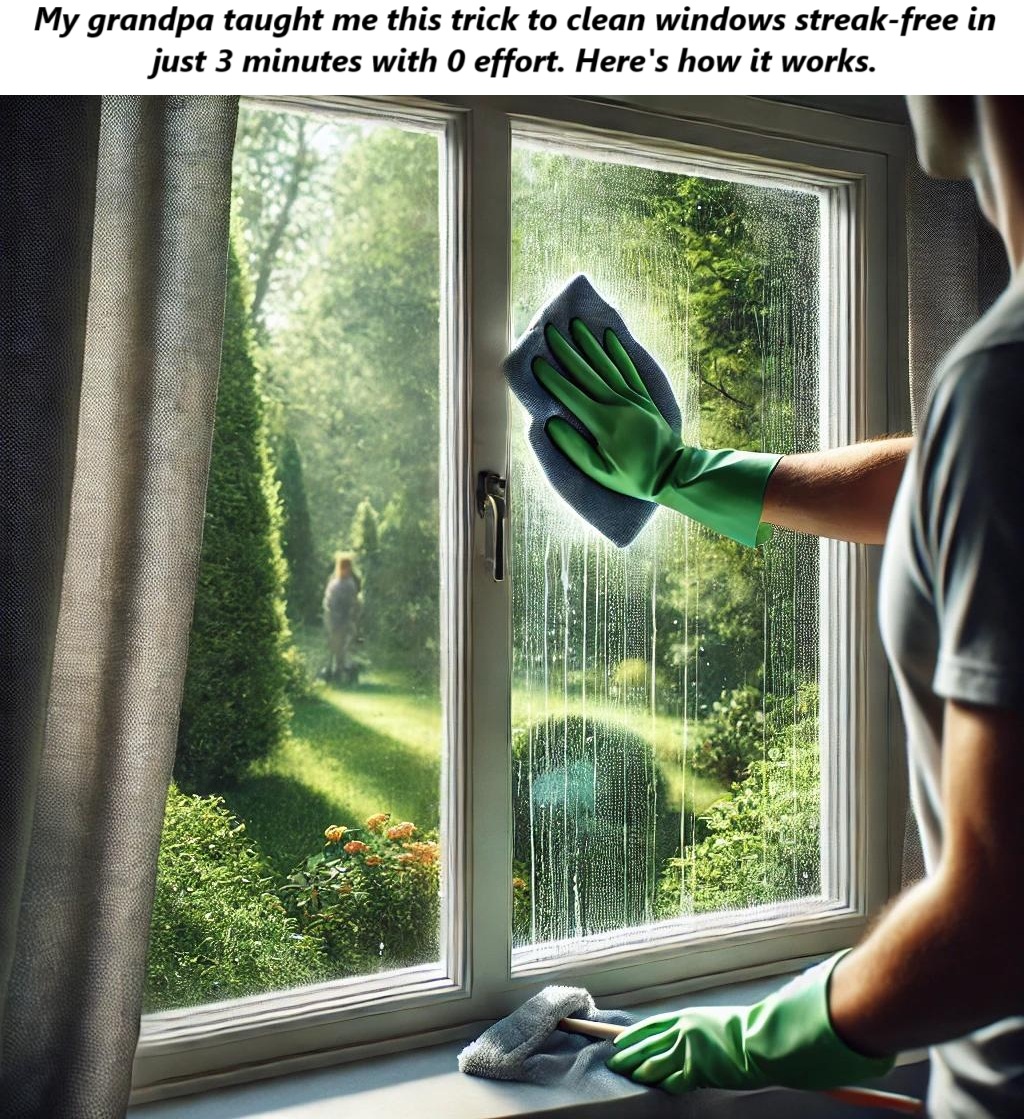Spacing of Purple Marks
To effectively mark a property’s boundaries, the purple stripes should be spaced no more than 100 feet apart. This spacing ensures that no one can accidentally wander onto the property without seeing the warning clearly.
Legal Recognition and Importance of Checking Local Laws
While purple paint has become a recognized symbol in many states, it’s important to understand that this isn’t universal. Some regions may not acknowledge purple paint as a valid “No Trespassing” indicator, or they may have additional rules about how it should be used.
Before you decide to mark your property with purple paint, it’s crucial to:
- Consult local laws and ordinances to see if purple paint is legally binding in your area.
- Check with your local government or county office about any permits or restrictions related to marking property boundaries.
- Understand that improper marking could lead to confusion, disputes, or legal issues down the road.
Why Use Purple Paint Instead of Traditional Signs?
You might be wondering why some property owners opt for purple paint instead of simply posting a “No Trespassing” sign. There are a few reasons:
- Durability: Painted marks don’t get stolen, damaged, or blown away like signs can.
- Visibility: Bright purple stripes on a fence or tree can be more noticeable from a distance than a small sign.
- Clarity: The consistent pattern of vertical purple stripes creates a clear and unmistakable message that the property is private.
- Cost-Effectiveness: Painting can be cheaper than buying multiple signs to cover large properties.
For landowners with extensive acreage, especially in rural or forested areas, purple paint can provide continuous, low-maintenance boundary markings that protect their privacy and property rights.
What If You See Purple Trees?
Sometimes, you might notice purple stripes painted not only on fences but also on trees along the property line. This is the same concept — using purple paint on trees is another effective way to mark boundaries, especially where fences are not feasible or where natural landscape features define the property edges.
The Impact of Purple Fences on the Community
While purple fences can be visually striking, it’s important to recognize their message and respect the property owner’s wishes. Purple fences are more than just a bold design choice — they serve as a clear and legally recognized warning that the land is private and that trespassing is prohibited.
Respecting these boundaries helps maintain community trust and reduces conflicts between neighbors and visitors. It’s a simple way to communicate that a space is off-limits without confrontation.
Interesting Purple Property Facts
- The idea to use purple paint for no trespassing actually started with a law in Texas, where the “Purple Paint Law” was established to help ranchers mark their land without expensive fencing.
- The law allows the use of purple paint as an alternative to “No Trespassing” signs, provided the paint follows the size, spacing, and placement rules.
- Other states have adopted similar laws or recognize purple paint as a valid no trespassing indicator.
- Beyond fences and trees, some landowners even paint purple stripes on gates, posts, or other boundary markers.
What You Should Do If You See a Purple Fence
If you’re out hiking, walking, or just driving and notice a purple fence or purple markings on trees, it’s best to respect the warning and avoid entering that property without permission. Trespassing on private property can lead to fines, legal trouble, or confrontation with the landowner.
If you’re curious about the land or want to visit, try to find the owner’s contact information or seek permission beforehand.
Should You Paint Your Fence Purple?
If you’re considering marking your property boundaries with purple paint, here are some tips:
- Make sure to research local regulations thoroughly.
- Follow the recommended dimensions for the paint stripes.
- Use high-quality, weather-resistant purple paint for long-lasting marks.
- Paint at a consistent height and spacing around your property line.
- Consider complementing the paint with traditional signs for added clarity if desired.
Conclusion
The next time you come across a purple fence or purple stripes on trees, you’ll know there’s more behind that bold color choice than meets the eye. It’s a simple yet effective way for landowners to protect their property and communicate “No Trespassing” clearly and legally.
While the purple fence might look quirky or artistic at first glance, it’s really a meaningful symbol — one that says, “Please respect my privacy.” So remember, when you see purple, steer clear and appreciate the message it carries.





